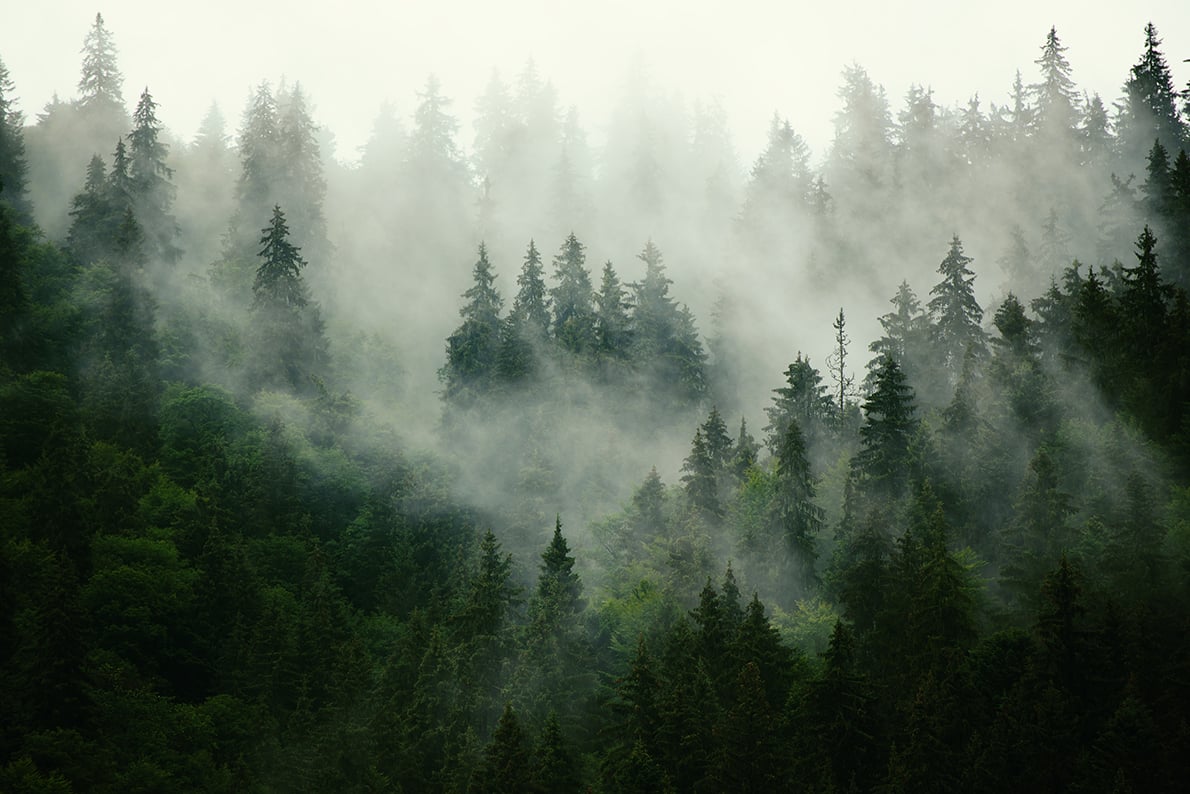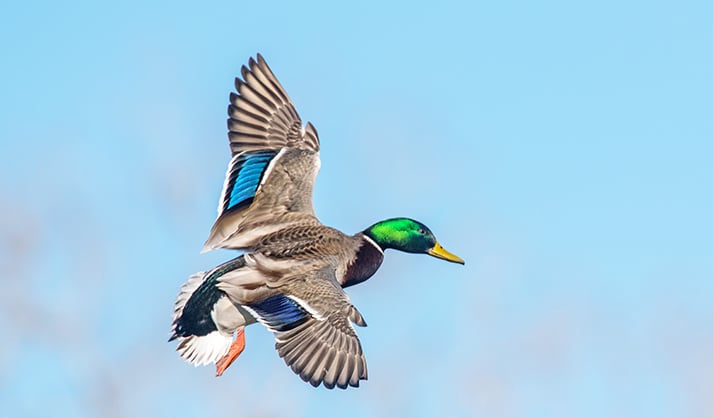Iowa conifers struggling with winter burn – Outdoor News

Iowa Department of Natural Resource foresters are receiving reports of moderate to severe winter burn damage to arborvitae and white pine trees across Iowa.
“The ground remained frozen for a long time at the start of this year and the ambient temperatures were above freezing,” explains Tivon Feeley, DNR forest health forester. “The tree is forced to use their water reserves in the needles, but can’t absorb new water from the frozen soil. The lack of water causes the trees to dry out.”
Winter burn is common on conifers planted in open, unprotected locations exposed to severe winter weather. Symptoms include browning or bleaching of the needles, trees losing needles, and tree death.
MORE IOWA COVERAGE FROM OUTDOOR NEWS:
Iowa’s Spirit Lake Hatchery filling with northern pike
Walleye netting season starts for Iowa DNR fish hatcheries
Farm ponds produce some great fishing in Iowa
These symptoms become more apparent as the day becomes warmer and tend to be worse on the side of the tree exposed to sunlight or wind during the winter months.
If needles on the tree are dead but buds are alive, new plant foliage will regrow to replace the winter burned foliage. If both the buds and needles are dead, the tree will not recover. The tree will need to be removed.
There is no way to prevent winter burn. You can reduce the risks by properly mulching around your conifers and making sure the tree is well-hydrated before it goes dormant in the fall. Watering is especially important in drought years.
The DNR cautions planting conifers in newly planted windbreaks. Deciduous trees generally grow faster, have fewer disease and insect problems, and provide faster protection. Contact your local district forester for further assistance.
Source: https://www.outdoornews.com/2024/04/11/iowa-conifers-struggling-with-winter-burn/






